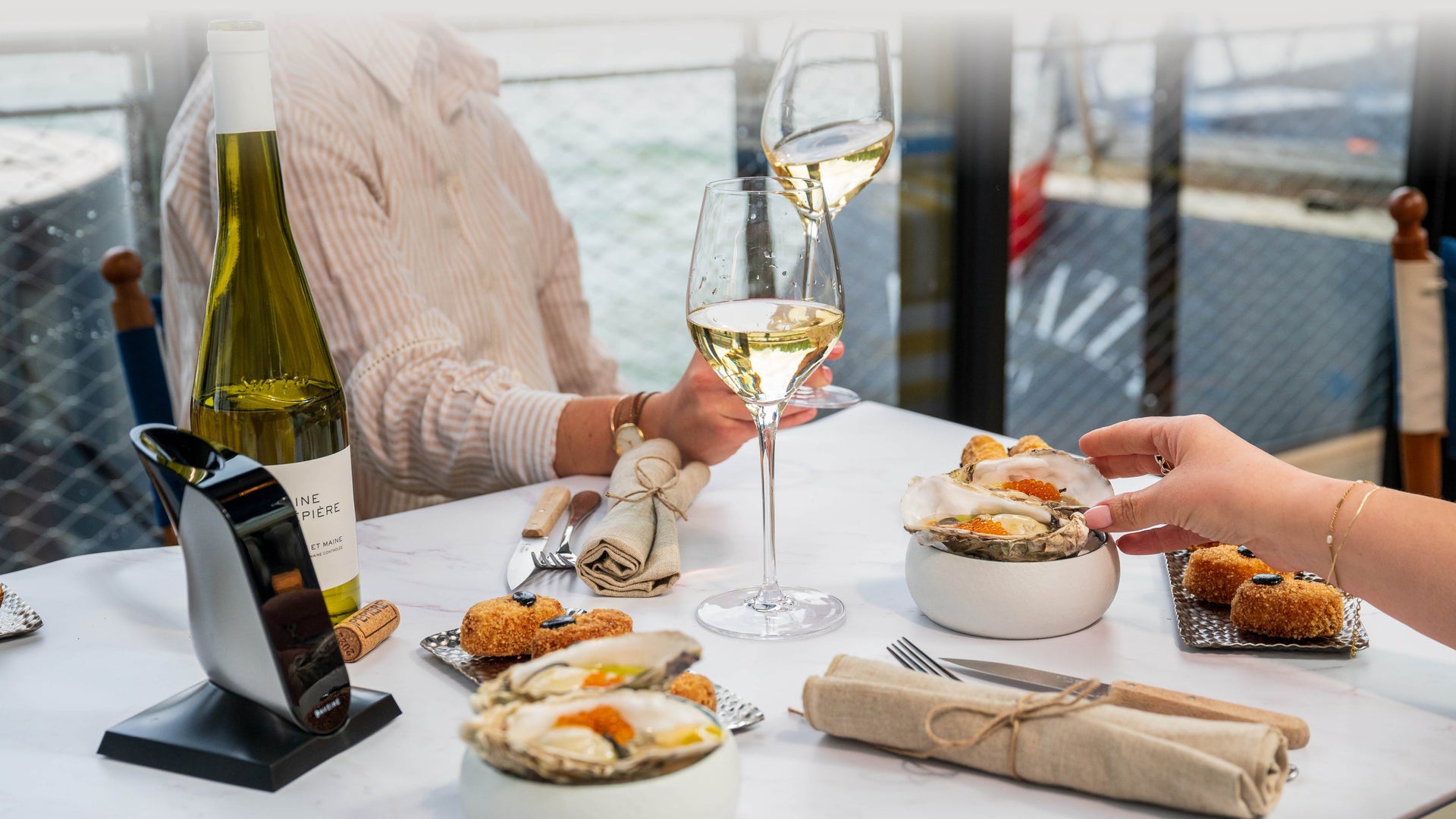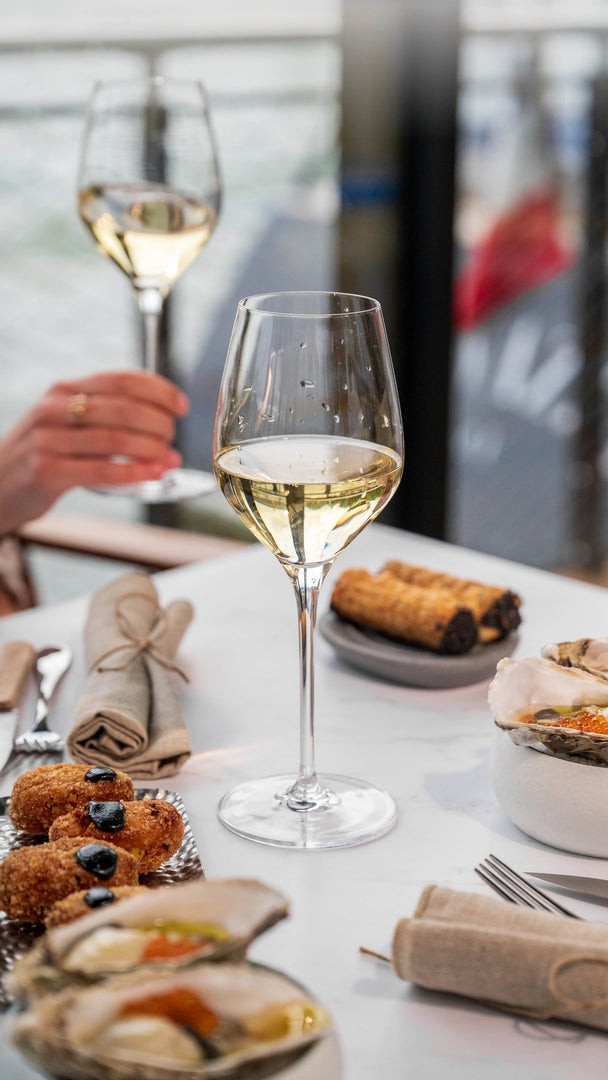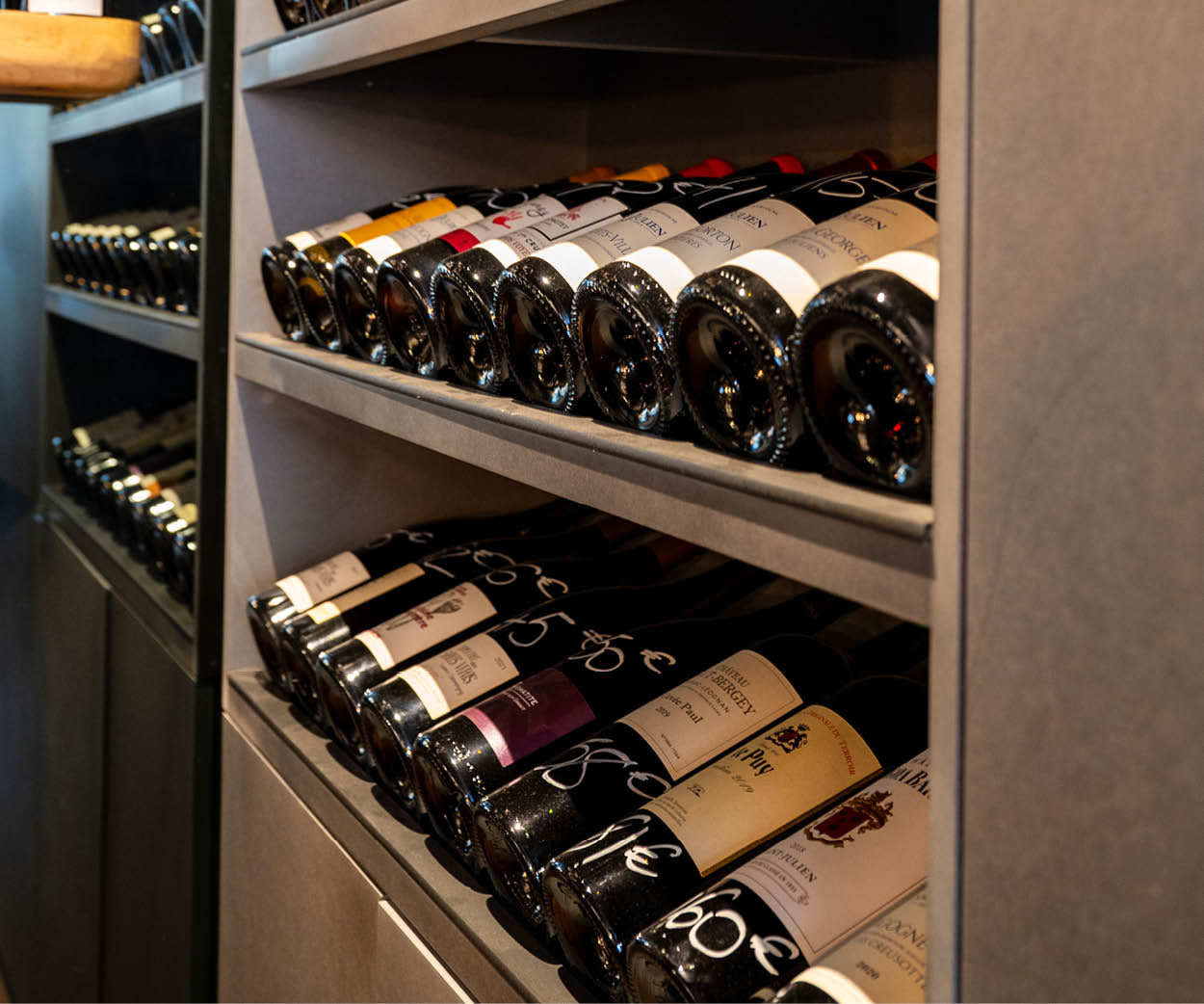
1. Conservation
Storing wine is essential to preserve its flavour and aromatic qualities.
Temperature: wine should be kept at a suitable temperature, ideally between 10°C and 15°C. Variations of temperature can alter the wine.
Humidity: a humidity level of around 70% is ideal to prevent the corks from drying out. This also helps to prevent mould on labels and corks.
Darkness: direct light can alter the wine by causing undesirable reactions. Store your bottles in a dark place.
Stability: avoid excessive vibration, as this can disrupt the wine's ageing process and affect its quality.
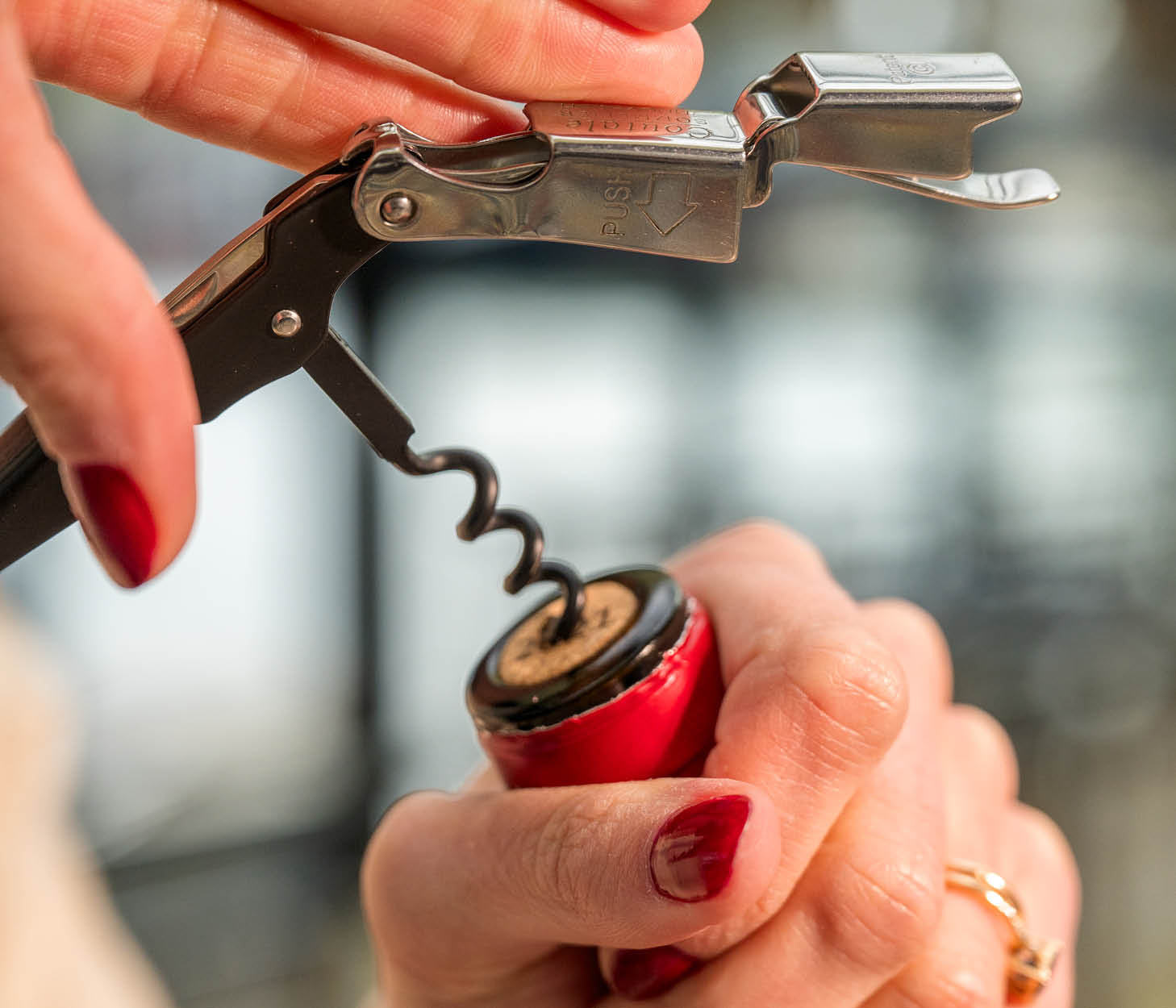
2. Service temperature
The temperature at which a wine is served is a fundamental parameter in wine tasting.
Here are the ideal temperatures for each wine:
Champagne and other sparkling wines: 8°C - 10°C
Sweet white wines: 10°C
Dry white wines: 9°C - 12°C
Rose wines: 9°C - 12°C
Dry red wines: 10°C - 12°C
Intense, structured red wines: 14°C - 16°C
We recommend serving a wine one or two degrees below this temperature, as it will warm up fairly quickly.
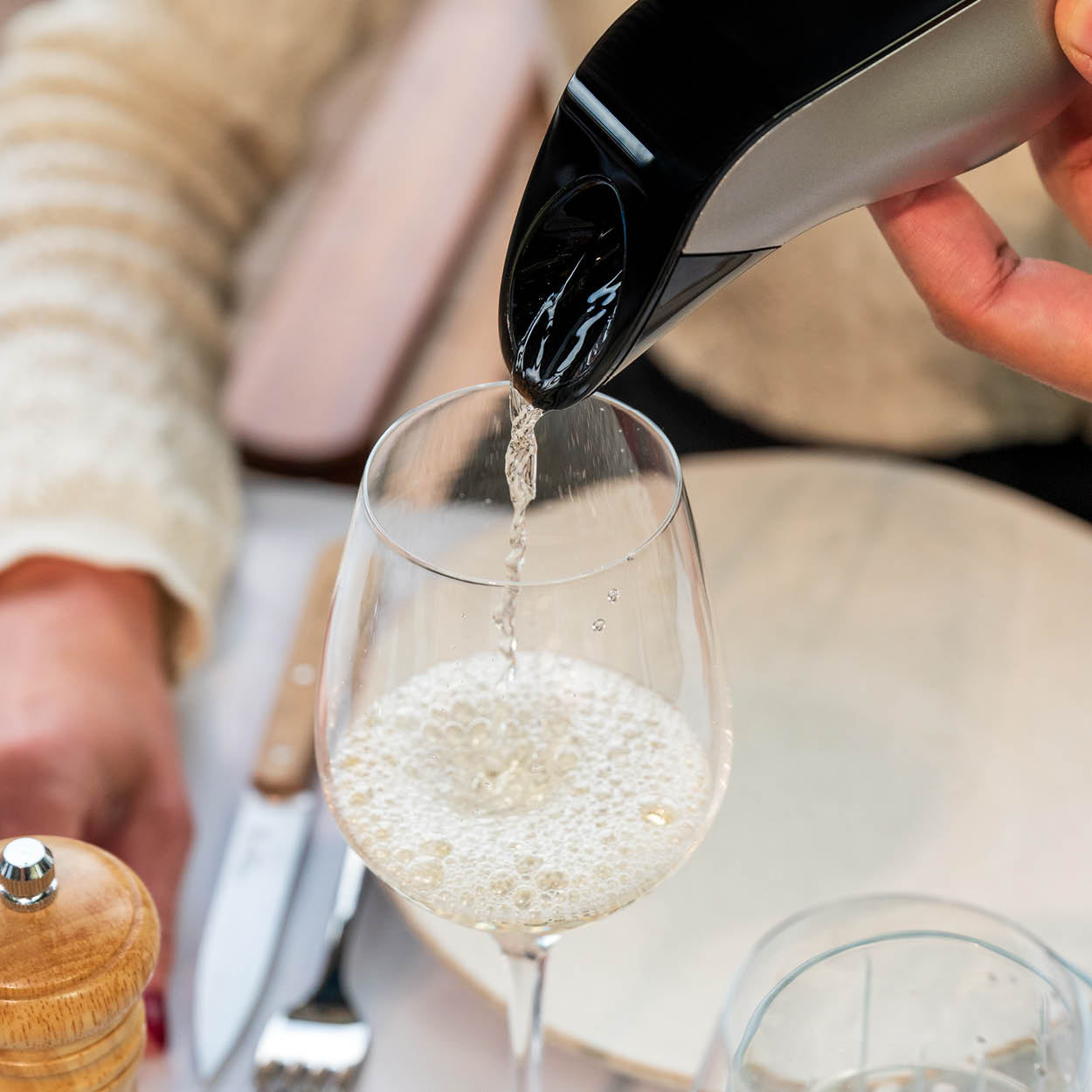
3. Aeration
Wine aeration is a crucial step before drinking. This practice allows the wine to develop its aromas and release unpleasant flavours by bringing it into contact with oxygen.
Nowadays, wine-tasting practices are changing, with a growing tendency to consume younger wines, sometimes even shortly after bottling. However, bottling can lead to the wine concentrating on itself, inhibiting the development of certain aromas. This is where aeration comes in. Its aim is to allow the wine to come into contact with oxygen, thereby encouraging the development of all its aromas while dissipating unpleasant flavours. This interaction with the air awakens the wine and allows it to develop its full potential.
We say that a wine requires aeration when it appears closed. To determine whether it needs to be aerated, you need to taste it.
But which wine should be aerated? Aeration is strongly recommended for young wines, especially reds. Contrary to what you might think, aeration is also beneficial for white wines, provided they are young. This is necessary to energise them and make them more pleasant on the palate. It also helps to reduce undesirable flavours such as sulphur and acidity.
There are several methods for aerating a wine, from the simplest to the most archaic. To make the task easier, use the Aveine wine aerator. This will give you instant and precise aeration, and an exceptional wine-tasting experience.
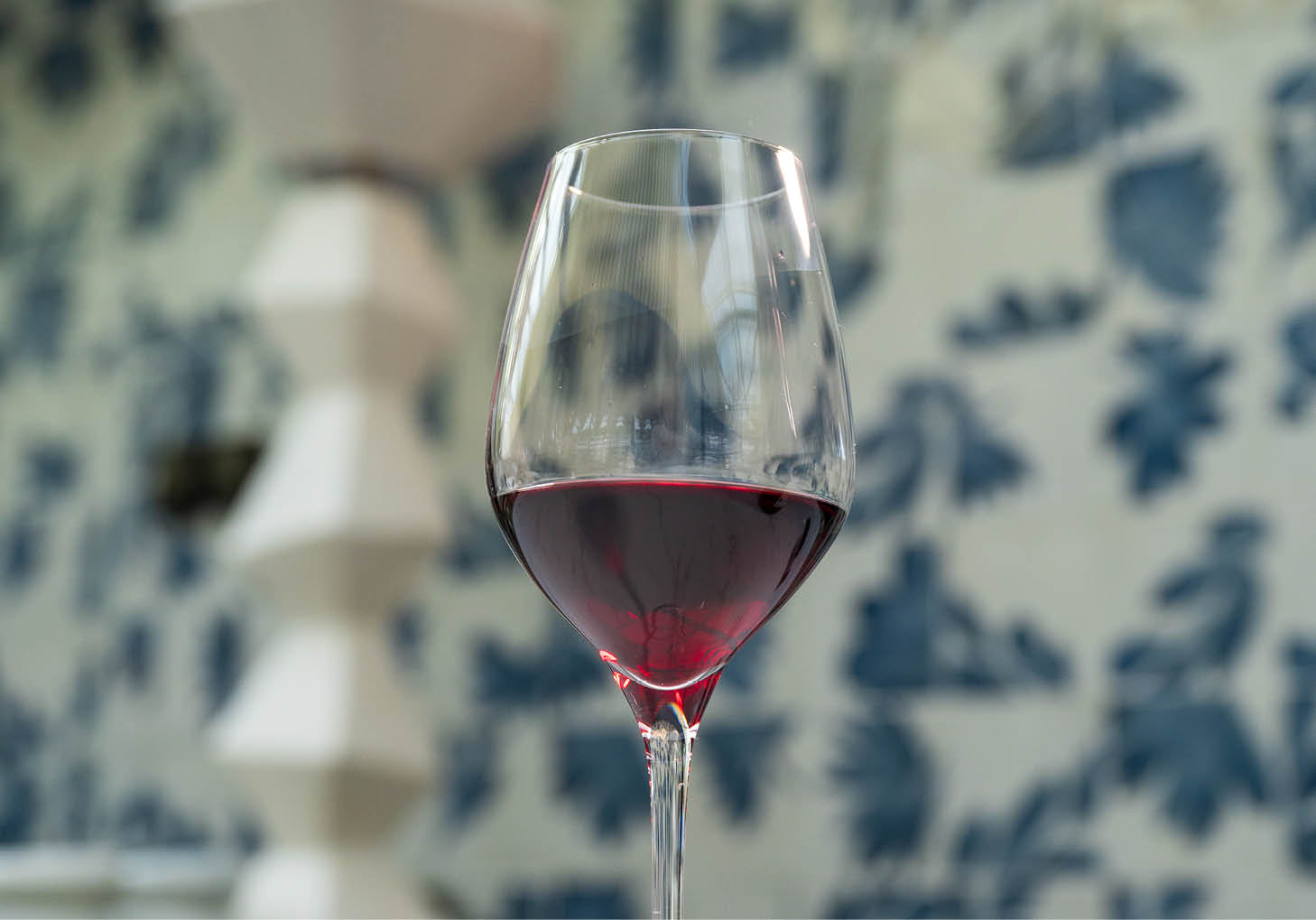
4. Glassware
Glassware plays a crucial role in wine tasting. The shape and material of the glass can significantly influence the sensory experience. A well-designed glass concentrates the aromas, guides the wine to the appropriate areas of the palate and enhances the perception of flavours. In addition, some glasses facilitate aeration of the wine and allow alcohol to evaporate more quickly, which can soften its aroma. Choosing the right glassware is therefore essential to maximising the pleasure of wine tasting.
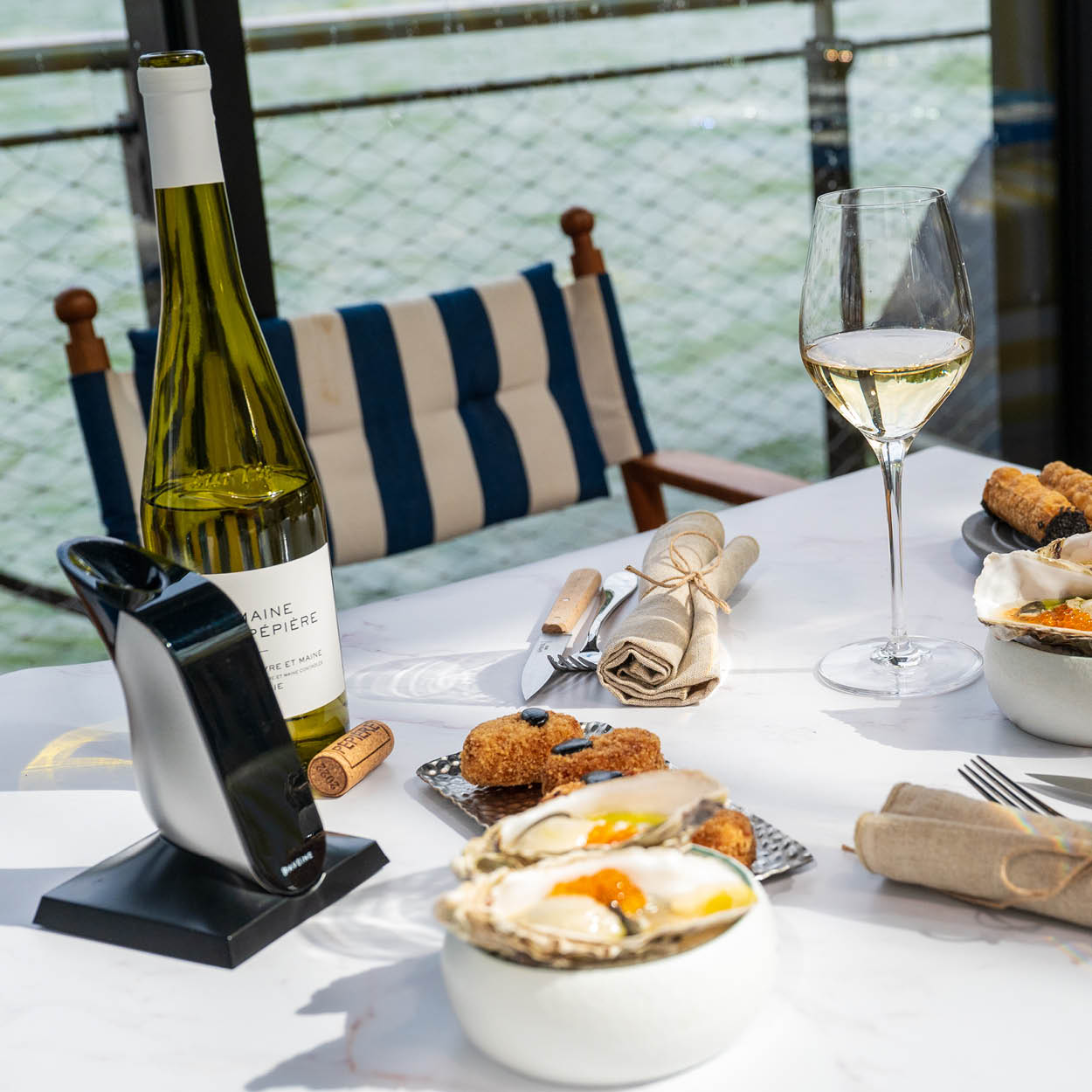
5. Pairing
To enjoy your wine, don't hesitate to pair it with foods that enhance its characteristics. Food and wine pairings can enhance the taste experience by creating harmonious flavours.
Here are some things to bear in mind when choosing the right wine and food pairing:
Complementary flavours: the flavours of the dish and wine should complement each other to create a balanced taste experience.
Intensity: the intensity of the food and wine should be similar to avoid one element dominating the other.
Texture: the texture of both the food and the wine should be taken into account.
Acidity: the acidity of the food can contrast with or complement the acidity of the wine.
Regionality: Wines and regional dishes often have a natural affinity due to their characteristics, whether related to terroir, production methods or culinary traditions.
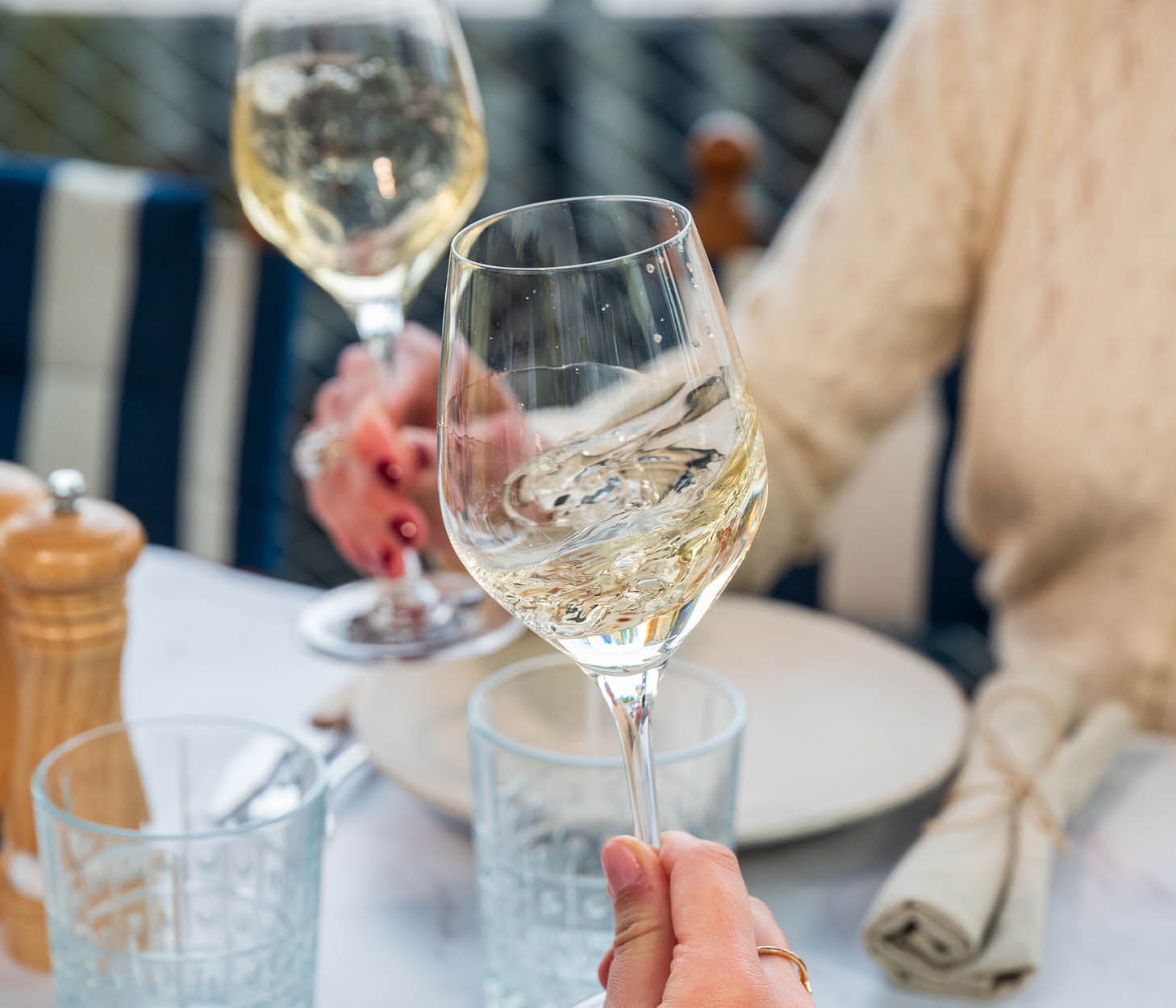
6. Essential steps tasting
There are several stages in the wine-tasting process, each of which plays a crucial role in appreciating and understanding the wine.
Observing the wine allows you to visually assess the wine to deduce important characteristics such as colour, clarity and viscosity. These elements can provide clues about the age, grape variety and even the quality of the wine.
Olfaction is essential for perceiving wine aromas. The nose can detect a multitude of aromas, from fruit and spice to floral notes and woody nuances. Aromas can give clues about grape variety, terroir and winemaking techniques.
Tasting is the moment when the wine comes into contact with the taste buds. By taking a sip of wine, we can assess its texture, acidity, alcohol level, tannins (in the case of red wines) and length on the palate. These elements
provide information about the wine's quality, balance and complexity.
FREE DELIVERY
on the purchase of an aerator in the EU
FREE WARRANTY
2 years
CUSTOMER SERVICE
at your disposal
SECURE PAYMENTS
Credit card / PayPal / Amex
RETURN POLICY
14 days
